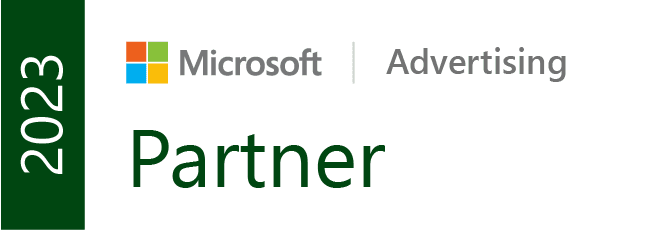When I first started out on Twitter many years ago, I was often shocked by how many people had lots of followers. Actually not lots, tens upon tens of thousands. How did they get so influential I thought? How did they manage to spend time connecting with people on scale enough for them then follow them online? Surely these people have got day jobs to do!
Then after reading more about how Twitter worked (in that they created a pretty open platform that anyone who could program a bit could build things on top of) I realised that those more savvy had used various third parties tools to automate their ‘connections’ with other Twitter followers.
Set up tool, let it access your Twitter details, type in some keywords or other metrics and it’d go and follow people who looked relevant on your behalf. Chances are if you looked half credible and had some good and up to date content, then someone would follow you back. After all it’s a nice feeling when someone follows you – you believe that they are interested in what you have to say and if they look interesting then why not follow back?
What this created and perpetuated though was the belief that number of followers somehow meant success. MDs, CEOs or other management looked at a social profile, saw the tens of thousands of followers and said ‘well done’. The marketing manager, who’d hacked and automated the system to boost vanity numbers had the pat on the back and everyone was happy.
Except, this is of course bullshit.
The automation of finding and adding new followers is not a something I do not believe in. I take a lot of pride in the list of people I’ve collected over the years who I believe have something good to say that it’s worth giving my attention to. The feed, be it Twitter, Instagram, Facebook or whatever else is your channel of choice, is something that should be valued and given proper attention to – assuming it is well crafted.
Do you really think that if someone is following more than 500 people that they are paying attention to any of it? Take a look at this profile;

I’m not picking on Johanna specifically. She is one of many, many, many examples I could choose from. Using various hacks, she’s managed to accrue 30,900 followers whilst also following 15,600 people. On the surface, that’s a lot of influence right?
Yet, look deeper. On her feed, there is post after post of industry news. Whilst this on its own isn’t a problem, it’s not anything new or unique. The posts are all credible and interesting but she’s not curating this list. It’s been pulled from a put together feed from some other service. She’s hacked content creation, or more specifically curation, using various pieces of tech.
Of her most recent ten posts, she averages 6 retweets and 8 likes. That’s from 30,900 followers remember. Whilst there might be a lot of clicks through to the websites, that’s a startling low amount of engagement or attention that her followers are having – one retweet for every 5,150 followers to be precise.
What else? I spent a good few minute to try and see if ANY of her tweets were actually written by her. I couldn’t find one. I also couldn’t find ANY replies or comments that she’d done to anyone else. EVER. Finally, nearly all the links posted on her tweets to through a Puls.ly URL to provide the content with an advertising overlay. Nice touch.
For those of you who have been around as long as me to see the internet grow and evolve over the last decade, you’ll know that hacking the system to get success isn’t new.
In the early days of search engine optimisation (SEO) the name of the game was to hack. And hack like a bugger. Getting to #1 in the search results for many years was about getting as many links as you could from wherever you could to get them to point to your website. A large part of the google algorithm was link based so the more links you got, regardless of quality, the more likely you were to win.
When I used to tell clients that hacking didn’t work when they could clearly see that it did, it was a very tough conversation. It was obvious that it did albeit it took Google several years to catch up and stop this process from working. SEO now is a much more rounded process and winning is much harder as a result but it’s worth it when your hard work starts to pay off.
Take time to be attention worthy
Social media is the same. You can’t hack your way to success. Or perhaps you still might be able to for a little while longer but you shouldn’t ever be tempted to do so. With each new platform that comes up there are new ways to exploit gaps in the market or take shortcuts to try and get some instant success. But the reality there is no quick win.
To win on social is very rarely about numbers of followers or likes. It is about engagement. It’s about being attention worthy in the first place and then created ways to get the right people to attract the right people's attention and then hold it over a sustained period. Sometimes the reality is that you might only need a few hundred or thousand people to follow you and you’ve made it.
Like the Beatles decades ago (who spent years playing twice a day to handfuls of people in Germany before their first album), recent sporting prodigy’s like Rory McIlroy (who used to practise for hours in his front garden hitting balls into an old washing machine) or entrepreneurs like Twitter founder Evan Williams (who had several businesses that didn’t work prior to Twitter making it), they all spent thousands of hours honing their craft before they became successful.
You can’t hack being good on a guitar or with a golf club any more than you can with social media.
My simple rule is this - if you are ever tempted to hack your success then don’t. If you really are attention worthy then people will eventually come to you.





